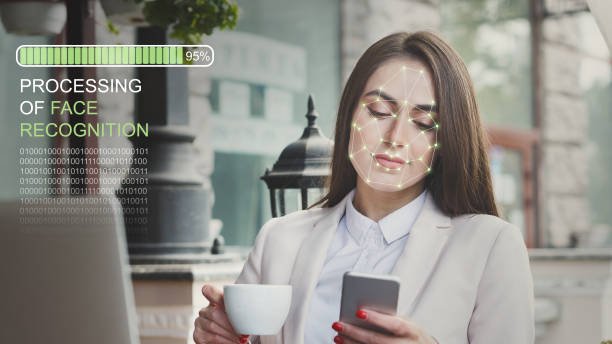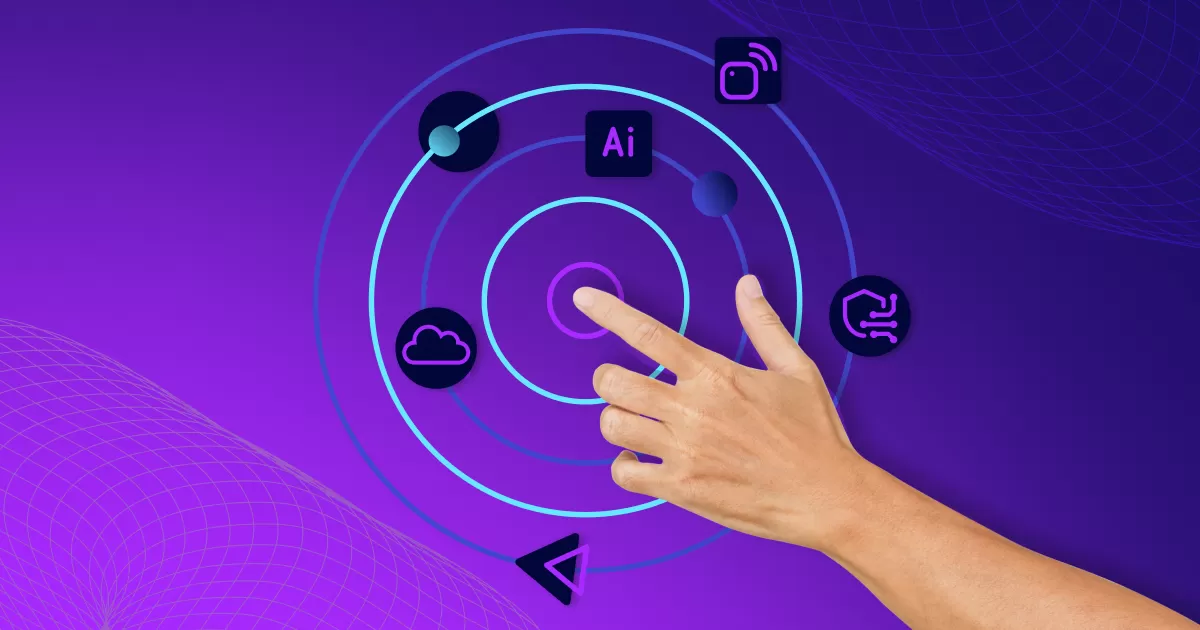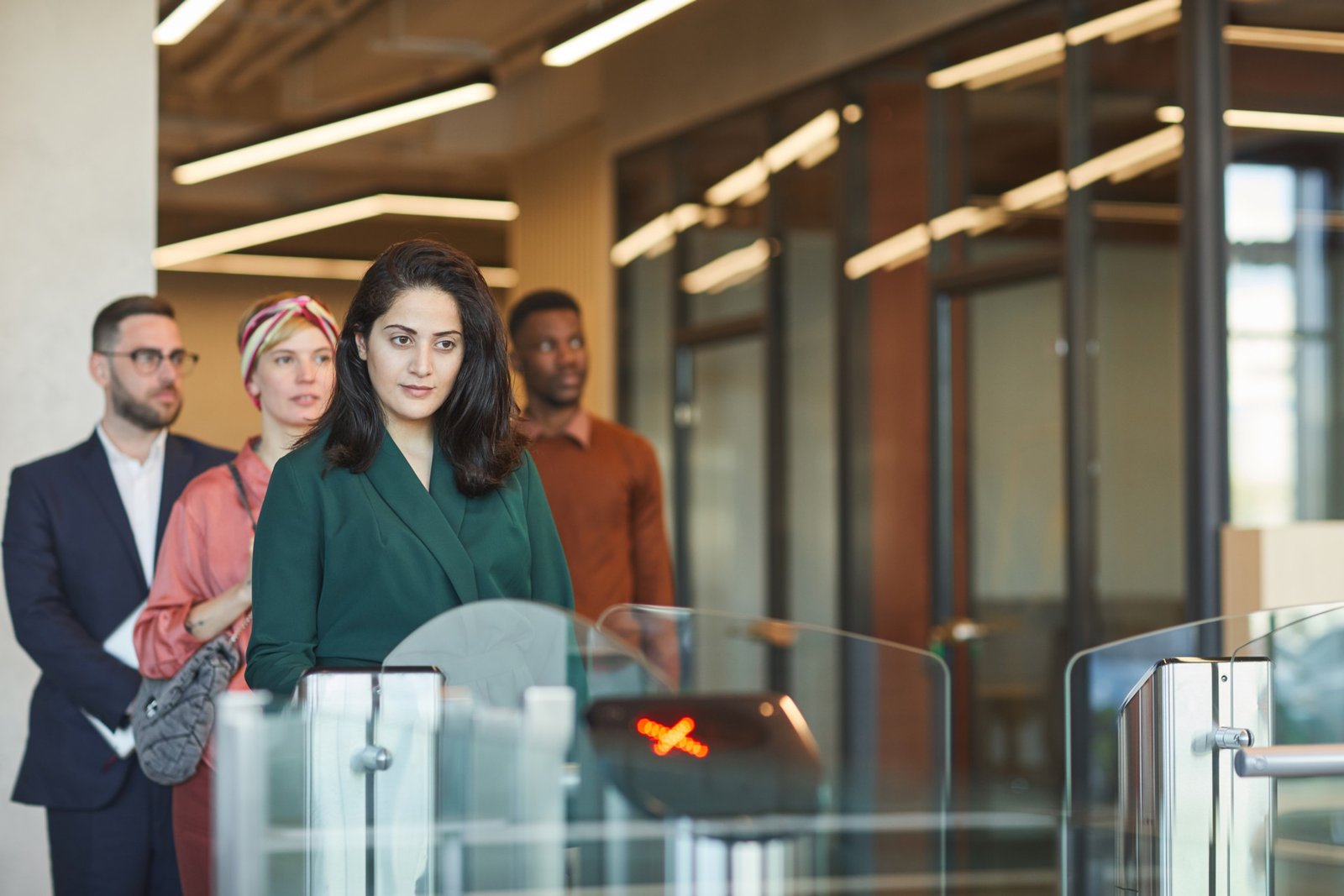The COVID-19 pandemic was easily one of the most significant and life-altering events to happen in the 21st century so far. Everything from how people interact, to how they work, to how many industries function changed to varying extents during this pandemic.
One of the few technologies to explode in popularity during this time was selfie verification, a form of biometrically identifying a person using their face. As demand for better, more secure, and faster remote authentication systems grew, this tech came to the forefront.
Increased Digitization during the Pandemic
The defining feature of the pandemic was easily the fact that people were required to maintain a level of distance from each other, and as much as possible remove physical interaction entirely. This situation made it so there was increased activity and demand for digital platforms for basic everyday tasks and transactions.
The increased level of online services, purchases, and activity, combined with the fact that the majority of people were working remotely and that many government agencies, healthcare providers, and more needed reliable remote access to systems, mandated that there be some contactless individual authentication system that is highly reliable and able to work on many devices. Thus, selfie identity verification came to the forefront.
Security Enhancements
With the massive surge in online transactions and activity, the level of cybersecurity threats that were occurring also increased significantly. This propagated increased development and advancement of selfie identification systems so they were secure enough to use.
Advancements in artificial intelligence and machine learning allowed the creation of reliable authentication with ‘liveness detection’ which worked to prevent any and all attempts to trick the verification system into granting unauthorized access. This system was capable of verifying that the person who is conducting the transaction is indeed the individual that they claim to be.
How Selfie Verification Works
A selfie ID verification system can work on people’s own personal devices, allowing for reliable remote authentication no matter where you live or currently reside.
First, the user is prompted to either take a selfie photo using their device or phone’s camera. This image is then uploaded onto the verification system so that it can be worked on.
It is at this point that the liveness detection algorithm checks the image to make sure that it is not an attempt to trick the system using a video clip of a person or a print-out photo. It can do this as the algorithms are trained using machine learning on massive datasets of images of live faces.
Then, the captured image is matched against some reference image, this could be a government-issued ID, a record in a database, a previously stored image, and so on. After detailed checking and processing that compares the facial features of the individual and the reference to see if they match, the system either authenticates or rejects access to the system.
The Convenience of Home
The ability to authenticate yourself in a convenient and user-friendly way that was even easier than remembering passwords or PIN codes worked highly in favor of facial verification. The fact that people could use their own devices to complete verification procedures from the comfort of their homes was a huge benefit.
The method eliminated the need of providing physical documents at a physical premises to be manually verified. Everything could be done remotely with no form of physical contact between individuals, this worked perfectly with the ongoing pandemic safety guidelines and procedures. Thus, selfie identity verification sky-rocketed during this period.
The Post-Pandemic World
The use of selfie authentication has continued and in fact, multiplied in the aftermath of the pandemic. As people got used to these systems and started to understand their benefits over the pre-pandemic systems of passwords and PINs, they decided to stay with these systems.
The adoption of this kind of system allowed for user processing in many domains to happen much faster, reducing queues and waiting times at places like airports and train stations, while also being highly secure because of modern advancements.
While a physical document like a license or passport could easily be (and often is) copied or manufactured by forgeries, facial data was much less likely to be stolen by comparison. The few methods that did exist of copying someone’s face and using it to access a system are countered effectively by modern liveness detection systems, meaning that there are very few security risks with these systems.
Closing Thoughts
As the speed, accuracy, and reliability of selfie authentication continue to grow, we can expect to see these systems continue to be adopted more and more in many different industries and systems. The level of accuracy that they provide at a high level of user convenience and ease of use means that they can be effectively implemented in a wide range of use cases without much issue.





